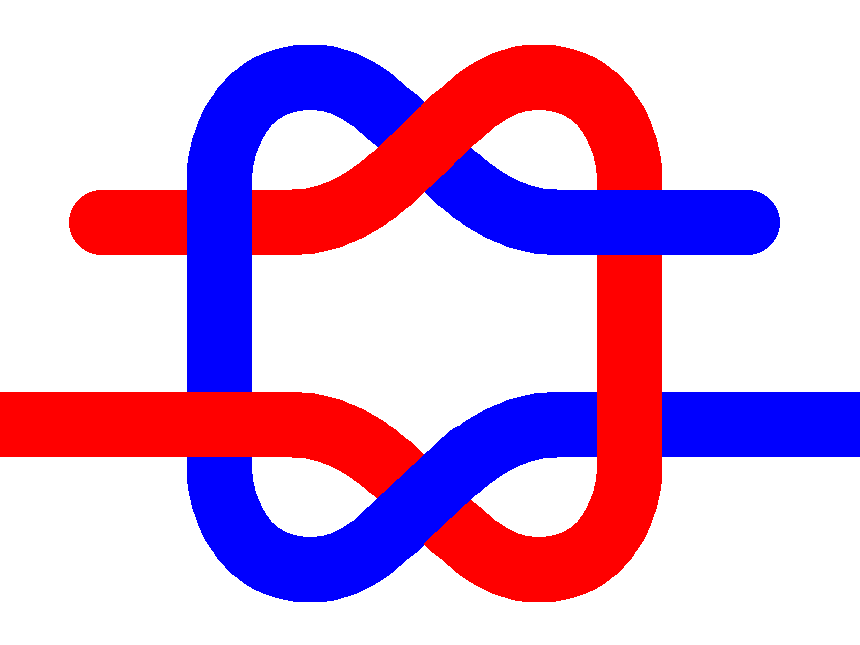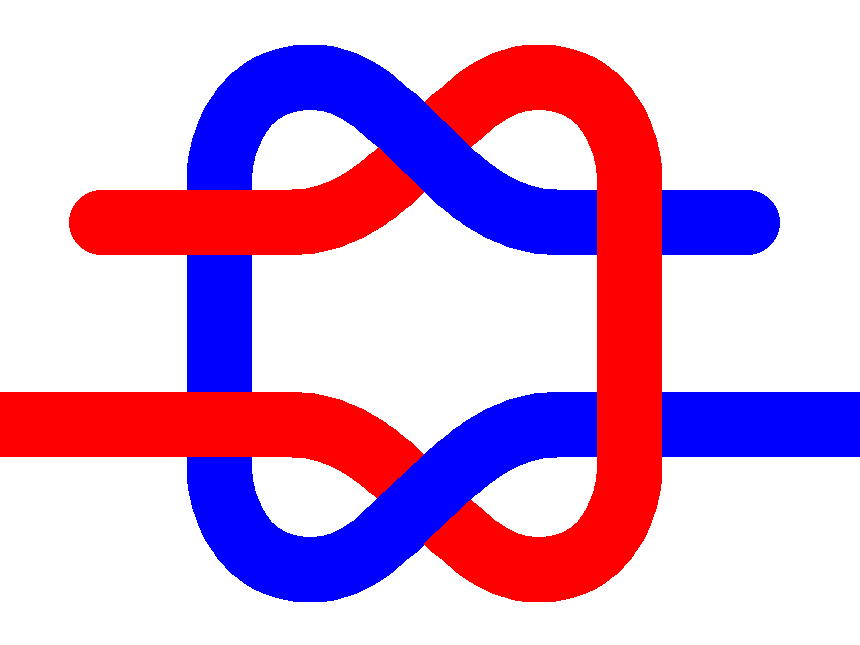Mathematicians and engineers at MIT have developed a mathematical model that predicts knot stability. Key properties, include the number of crossings involved and the rope segments’ direction of twist as the knot is tightened, help compare the strength of different knots.


With the new model any two knots – even those that are almost identical – can be compared and the model will determine which one is better.
Over centuries people have empirically known which knots are better for which purposes. The model explains why.
Researchers were able to identify characteristics that determine a knot’s stability (counting rules). A knot is stronger if it has more strand crossings and changes in the direction of rotation from one strand segment to another (twist fluctuations). If a fiber segment is rotated to the left at one crossing and to the right at a neighbouring crossing, twist fluctuations and opposing friction will occur as the knot is tightened. These add stability to the knot. If segments are rotated in the same direction at two neighbouring crossing, there is no twist fluctuation. The strand is more likely to rotate, slip, and produce a weaker knot.
Counting rules explain why a reef knot is stronger than a granny knot: The reef knot has a higher number of twist fluctuations, making it a more stable configuration.
For further information, please see the source article.

